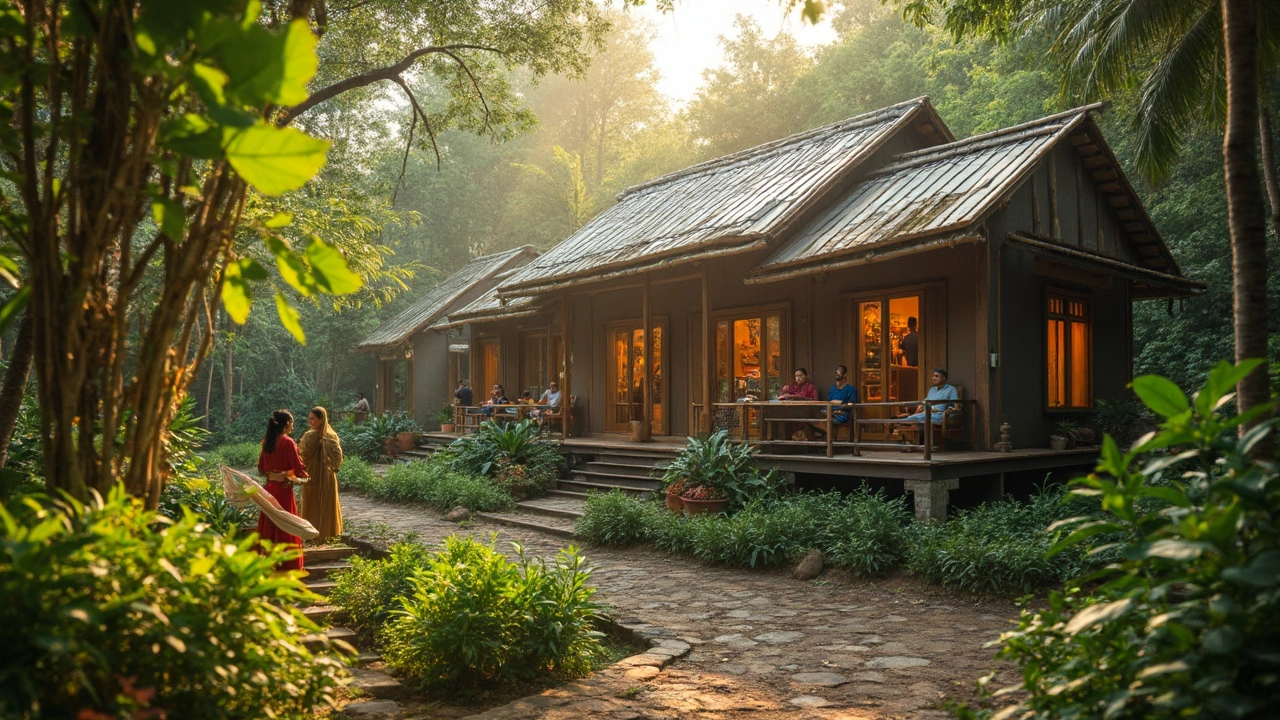Green Building in India: Sustainable Design for Jungle Camps and Eco Retreats
When we talk about green building, a design and construction approach that minimizes environmental impact through energy efficiency, renewable materials, and waste reduction. It’s not just about solar panels or recycled wood—it’s about building in a way that respects the land it sits on. In India’s wild spaces, where jungle camps blend into forests and rivers, sustainable architecture isn’t a trend. It’s survival. A camp that uses local stone, rainwater harvesting, and passive cooling doesn’t just save money. It protects the ecosystem that draws visitors in the first place.
Green building requires more than good intentions. It needs smart choices: timber from certified forests, clay tiles instead of concrete, composting toilets that turn waste into fertilizer, and designs that let natural breezes do the cooling. You’ll find this in the best eco-retreats across India—not because it’s trendy, but because it works. A camp in the Western Ghats that uses bamboo frames and thatched roofs lasts longer, costs less to run, and blends so well into the forest, you forget it’s even there. Meanwhile, a camp in Rajasthan that collects monsoon runoff and stores it in underground tanks doesn’t just survive dry seasons—it thrives. These aren’t luxury add-ons. They’re the foundation.
Related concepts like sustainable tourism India, travel that supports local communities and protects natural habitats without degrading them and eco-friendly camping, outdoor stays designed to leave zero trace or minimal impact on the environment aren’t separate from green building. They’re part of the same system. A camp that uses solar power for lights and charges your phone? That’s green building. A guide who teaches you how to avoid plastic bottles and where to refill with filtered water? That’s sustainable tourism. A tent made from organic cotton, anchored with wooden stakes, and taken down after your stay? That’s eco-friendly camping. Together, they form a real alternative to concrete resorts and mass tourism.
What you’ll find in the posts below aren’t just stories about pretty camps. They’re real examples of how green building is changing how India welcomes travelers. You’ll see how materials are chosen, how waste is managed, how energy is captured, and why some retreats succeed while others fail. No fluff. No marketing buzzwords. Just what works on the ground—in the jungles, hills, and deserts where nature doesn’t care about your intentions, only your impact.
